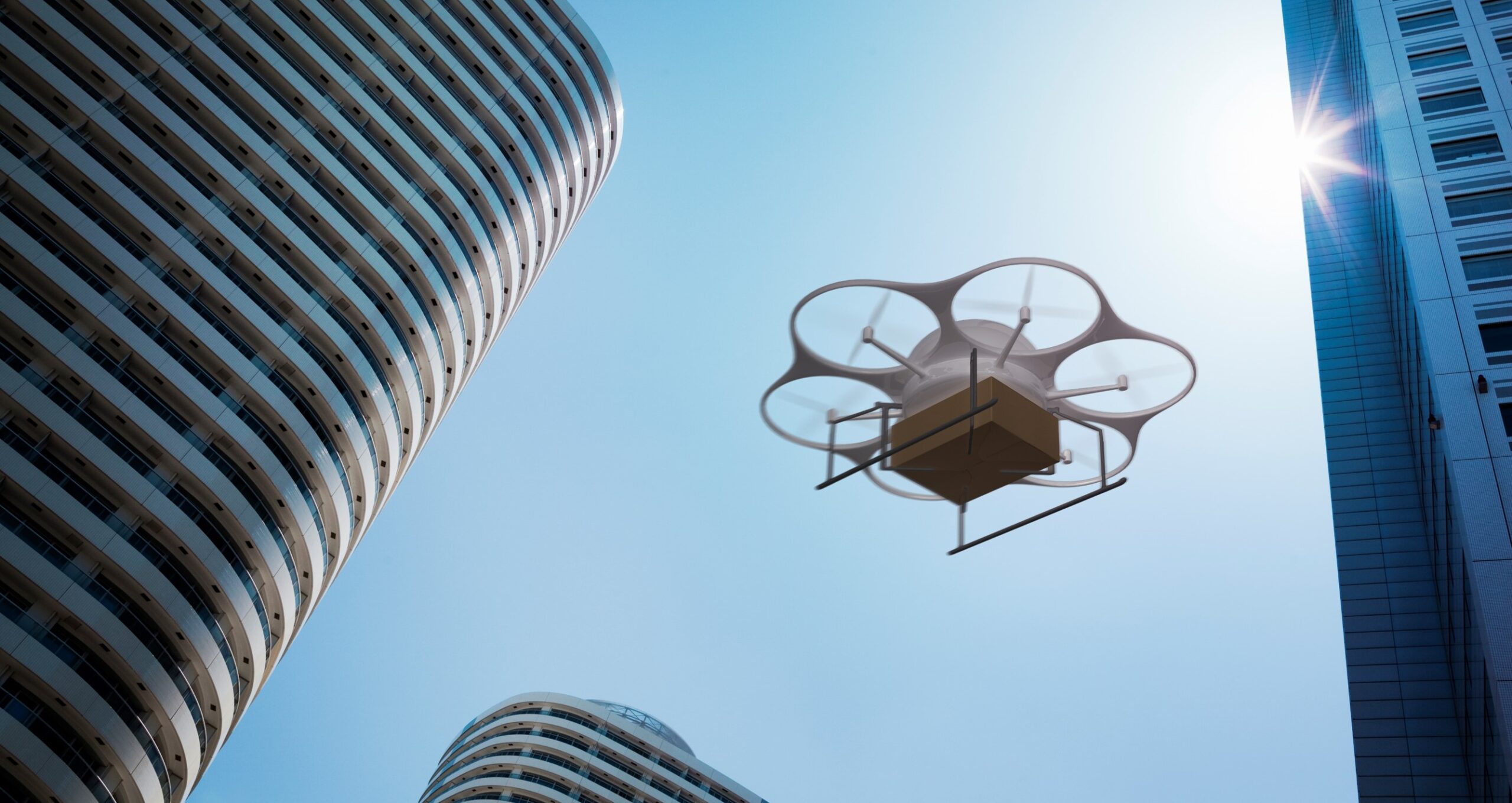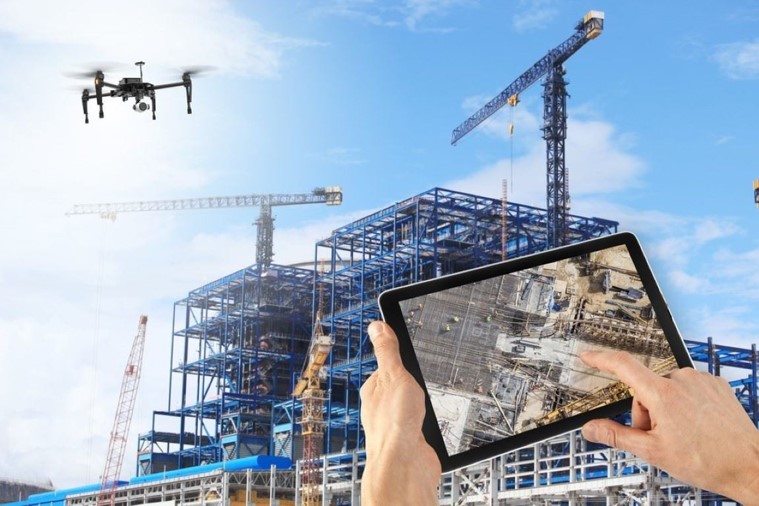The Coming Shakeup in Commercial Drones for Construction and Insurance

In 1964, a little-known trade dispute over frozen chickens led to a major shift in American transportation. In retaliation for European tariffs on U.S. poultry, President Lyndon Johnson slapped a 25% tariff on imported light trucks. The so-called “Chicken Tax” was intended as a temporary measure—but it effectively locked out foreign competition and reshaped the U.S. auto market for decades.
Today, a new kind of equipment could be headed for a similar fate. Drones—specifically, those made by Chinese manufacturer DJI—are facing a wave of regulatory scrutiny that could soon limit their use on U.S. construction sites and insured projects. While the rationale is different, the mechanism is familiar: national security concerns are driving legal and policy changes that could significantly disrupt established markets.
Recent Federal Actions Targeting DJI
Over the past year, DJI has come under increasing scrutiny from U.S. lawmakers and regulatory agencies. Several key developments are moving in the same direction:
- The Countering CCP Drones Act (H.R. 8411), passed by the House in late 2024, would place DJI on the FCC’s “Covered List,” restricting new sales of DJI drones that rely on U.S. telecom infrastructure.
- The 2025 National Defense Authorization Act (NDAA) requires a formal national security review of DJI. If no decision is made within a year, restrictions could take effect automatically.
- U.S. Customs and Border Protection has begun detaining DJI shipments under the Uyghur Forced Labor Prevention Act, citing potential links to prohibited supply chains.
These moves reflect a broader federal effort to reduce reliance on foreign-made drones in sensitive sectors.
President Trump’s Executive Orders on Drones and Aviation
In June 2025, President Donald Trump signed three executive orders aimed at promoting domestic drone innovation and reducing foreign technology risks. The orders:
- Expand regulatory flexibility for beyond-line-of-sight drone operations;
- Prioritize U.S.-made drones for federal procurement;
- Establish pilot programs for electric vertical take-off and landing (eVTOL) aircraft;
- Direct agencies to enhance drone detection and anti-surveillance capabilities.
Additionally, the executive action directs the Federal Aviation Administration to expand drone operations by enabling routine “Beyond Visual Line of Sight” drone operations for commercial and public safety missions, and to accelerate the development, testing, and scaling of American drone technologies, including advanced air mobility and autonomous operations. It also seeks to strengthen the domestic drone industrial base by prioritizing U.S.-manufactured UAS, promoting their export and taking action to ensure our technology remains secure from undue foreign influence and exploitation. While DJI is not mentioned by name, the intent is clear: to shift government and commercial demand toward U.S.-based platforms and tighten oversight of foreign-made systems.

Construction and Insurance Sector Exposure
The construction industry is among the heaviest users of commercial drones in the U.S., relying on them for mapping, inspections, progress tracking, and claims documentation. Market analysis finds 50% of drone-using construction firms rely on DJI platforms. The company’s dominance stems from a strong combination of cost, reliability, and ecosystem maturity. Replacing those systems is not a simple swap—it often means revising workflows, retraining personnel, reconfiguring software, and managing new compliance risks.
For insurers, drone data is also increasingly critical in underwriting, risk assessments, and claims verification. Any disruption to drone availability or data practices could affect the reliability and continuity of those processes.
Recommendations for Legal and Risk Management Teams
Firms working in construction, insurance, and infrastructure should consider the following steps to prepare for further regulatory changes:
- Inventory and Contract Review
Audit existing drone fleets and vendor agreements. Contracts tied to specific platforms or federal compliance standards may need to be updated. - Evaluate Alternative Platforms
Begin testing U.S.-compliant drones to assess performance and integration capabilities. - Review Data Governance Policies
Ensure drone-captured data is stored securely and transmitted through compliant systems. Cloud storage location may become a regulatory issue. - Track Developments
Assign internal resources to monitor updates from the FCC, FAA, CBP, and Commerce Department. Regulatory shifts may occur quickly. - Engage with Industry Groups
Participate in trade associations or comment processes to advocate for clear definitions—especially around existing inventory and transitional compliance.
Conclusion: From Tariffs to Takeoffs
The legal environment for commercial drones—particularly those manufactured by DJI—is in flux. While no single policy currently bans DJI outright, the cumulative effect of legislation, enforcement, and executive action points toward tighter restrictions and increased operational risk.
For companies in the construction and insurance industries, this may feel familiar. Much like the Chicken Tax shaped the U.S. truck market, today’s drone policies may determine which technologies dominate American airspace in the years ahead. Firms that take early steps to understand their exposure, evaluate alternatives, and adjust their compliance practices will be better positioned, no matter where policy winds blow next.
About the Author

Timothy M. Ravich concentrates his practice in the areas of aviation, product and general civil litigation. Recognized as one of only 50 lawyers qualified as a Board-Certified Expert in the area of aviation law, Tim specializes in transactional and regulatory matters related to the ownership, maintenance and utilization of aircraft, airports and airspace. Click here to read Tim’s full attorney bio.
